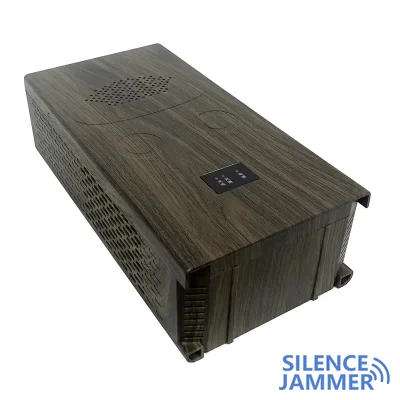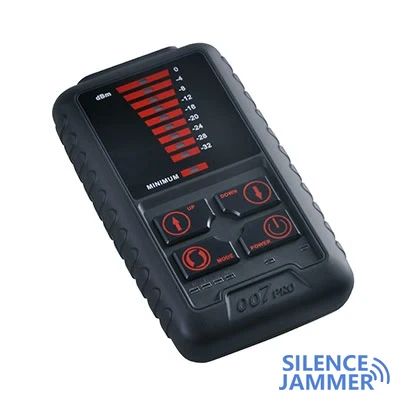In modern life, many people need to block cell phone signals for a variety of reasons, such as in exam rooms, conference rooms, or specific locations. However, some people hope to be able to block mobile phone signals without affecting the normal use of WiFi signals. Is this requirement feasible? This article will discuss in detail the working principle of a signal jammer, how to block only mobile phone signals without interfering with WiFi signals, and precautions in practical applications.

1. Working principle of signal jammer
The signal jammer achieves the purpose of shielding by emitting interference signals that are the same or similar to the target frequency, making it impossible for the receiving device to receive and decode these signals normally. Mobile phone signals and WiFi signals use different frequency bands. Frequency bands commonly used by mobile phones include GSM (850/900/1800/1900 MHz), CDMA (800 MHz), 3G (2100 MHz), 4G (700-2600 MHz) and 5G ( 24-40 GHz), while WiFi signals mainly use the 2.4 GHz and 5 GHz frequency bands.
2. Methods to block only mobile phone signals
To only block mobile phone signals without interfering with WiFi signals, you need to select and configure the jammer so that it only emits frequency bands that interfere with mobile phone signals. Here are some specific methods:
- Choose a specialized mobile phone signal jammer: There are some jammers on the market specifically designed to block mobile phone signals. Their working frequency band focuses on the frequency range of mobile phone signals and does not include the WiFi band. Purchasing this type of jammer can effectively block only mobile phone signals.
- Adjust the working frequency band of the jammer: Some advanced jammers allow users to manually select and adjust the working frequency band. By configuring the jammer to enable only the frequency band shielding function for mobile phone signals and turning off the WiFi frequency band shielding function, you can achieve the effect of blocking only mobile phone signals.
- Power adjustment of the jammer: Reasonably adjust the power of the jammer so that its coverage is limited to the frequency band of mobile phone signals without affecting the transmission of WiFi signals. This method requires a good understanding and mastery of the performance and working environment of the jammer.

3. Precautions in Practical Application
- Compliance and Legality: When purchasing and using a signal jammer, you must ensure that it complies with local laws and regulations. Many countries and regions have strict regulations on the use of signal jammers, and illegal use may result in legal liability.
- Control of shielding range: The effective range of the signal jammer should be adjusted according to actual needs to avoid interference with signals in irrelevant areas. For example, when used in a conference room, you should ensure that the shielding range only covers the conference room and does not affect the WiFi signals in other surrounding areas.
- Device Compatibility: When using the jammer, you need to ensure that the normal operation of other electronic devices is not affected. Especially in commercial environments, the impact of the jammer on the equipment should be tested in advance to ensure that it will not interfere with daily work.
- Verification of shielding effect: After configuring and using the jammer, its shielding effect needs to be verified through actual testing. You can use mobile phones and WiFi devices to test the impact of the jammer on different signals to ensure that the expected results are achieved.
4. Summary
It is feasible to only block mobile phone signals without interfering with WiFi signals. This goal can be achieved by choosing a suitable jammer and reasonable configuration. However, in practical applications, attention needs to be paid to issues such as compliance, control of shielding range, and device compatibility. In the future, with the development of technology and the increase in demand, the design and functions of signal jammers will continue to be improved and optimized to provide users with more flexible and accurate signal management solutions.


